Filter by
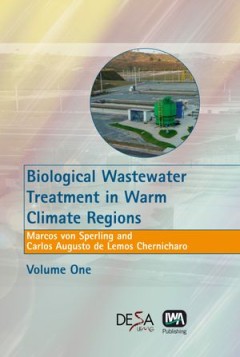
Biological Wastewater Treatment in Warm Climate Regions
Biological Wastewater Treatment in Warm Climate Regions gives a state-of-the-art presentation of the science and technology of biological wastewater treatment, particularly domestic sewage. The book covers the main treatment processes used worldwide with wastewater treatment in warm climate regions given a particular emphasis where simple, affordable and sustainable solutions are required. This…
- Edition
- volome 1
- ISBN/ISSN
- 9781780402734
- Collation
- -
- Series Title
- -
- Call Number
- -
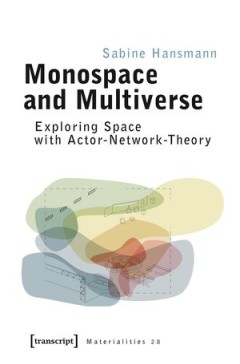
Monospace and Multiverse: Exploring Space with Actor-Network-Theory
In contrast to buildings divided by walls, monospace buildings are determined far less by its shell than by a reciprocal relationship between space and practices, objects, materials, and human bodies. Using the example of such one-room-architectures, this book explores the potential of an actor-network-theory (ANT) approach to space in the field of architecture. Sabine Hansmann focuses on the S…
- Edition
- -
- ISBN/ISSN
- 9783839455029
- Collation
- -
- Series Title
- -
- Call Number
- 720
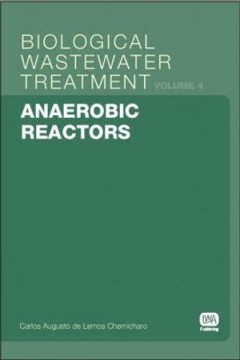
Anaerobic Reactors
"Anaerobic Reactors is the forth volume in the series Biological Wastewater Treatment. The fundamentals of anaerobic treatment are presented in detail, including its applicability, microbiology, biochemistry and main reactor configurations. Two reactor types are analysed in more detail, namely anaerobic filters and especially UASB (upflow anaerobic sludge blanket) reactors. Particular attention…
- Edition
- volome 4
- ISBN/ISSN
- 9781843391647
- Collation
- -
- Series Title
- -
- Call Number
- -
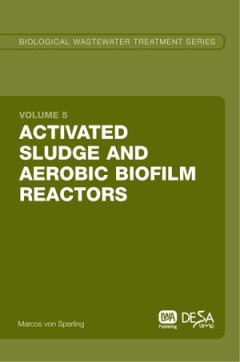
Activated Sludge and Aerobic Biofilm Reactors
Activated Sludge and Aerobic Biofilm Reactors is the fifth volume in the series Biological Wastewater Treatment. The first part of the book is devoted to the activated sludge process, covering the removal of organic matter, nitrogen and phosphorus.A detailed analysis of the biological reactor (aeration tank) and the final sedimentation tanks is provided. The second part of the book covers aerob…
- Edition
- volome 5
- ISBN/ISSN
- 9781843391654
- Collation
- -
- Series Title
- -
- Call Number
- -

Vienna :Still a Just City?
This book explores and debates the urban transformations that have taken place in Vienna over the past 30 years and their consequences in policy fields such as labour and housing, political and social participation and the environment. Historically, European cities have been characterised by a strong association between social cohesion, quality of life, economic ambition and a robust State. Vie…
- Edition
- -
- ISBN/ISSN
- 1000540421, 9781000540420
- Collation
- -
- Series Title
- -
- Call Number
- 720
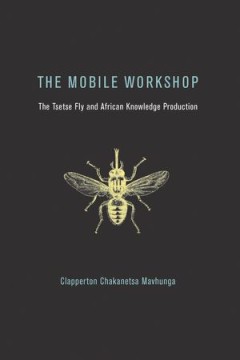
The Mobile Workshop
How the presence of the tsetse fly turned the African forest into an open laboratory where African knowledge formed the basis of colonial tsetse control policies. The tsetse fly is a pan-African insect that bites an infective forest animal and ingests blood filled with invisible parasites, which it carries and transmits into cattle and people as it bites them, leading to n'gana (animal trypanos…
- Edition
- -
- ISBN/ISSN
- 9780262535021
- Collation
- -
- Series Title
- -
- Call Number
- -
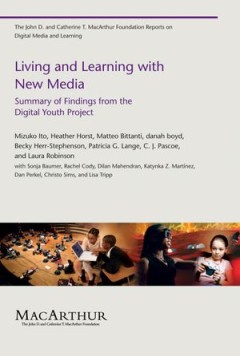
Living and Learning with New Media
This report summarizes the results of an ambitious three-year ethnographic study, funded by the John D. and Catherine T. MacArthur Foundation, into how young people are living and learning with new media in varied settings—at home, in after school programs, and in online spaces. It offers a condensed version of a longer treatment provided in the book Hanging Out, Messing Around, and Geeking O…
- Edition
- -
- ISBN/ISSN
- 9780262513654
- Collation
- -
- Series Title
- -
- Call Number
- -

Holographic Quantum Matter
A comprehensive overview of holographic methods in quantum matter, written by pioneers in the field. This book, written by pioneers in the field, offers a comprehensive overview of holographic methods in quantum matter. It covers influential developments in theoretical physics, making the key concepts accessible to researchers and students in both high energy and condensed matter physics. The b…
- Edition
- -
- ISBN/ISSN
- 9780262038430
- Collation
- -
- Series Title
- -
- Call Number
- -

Hanging Out, Messing Around, and Geeking Out
An examination of young people's everyday new media practices—including video-game playing, text-messaging, digital media production, and social media use. Conventional wisdom about young people's use of digital technology often equates generational identity with technology identity: today's teens seem constantly plugged in to video games, social networking sites, and text messaging. Yet ther…
- Edition
- -
- ISBN/ISSN
- 9780262013369
- Collation
- -
- Series Title
- -
- Call Number
- -
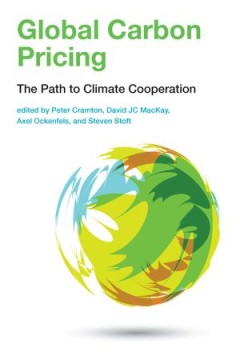
Global Carbon Pricing
Why the traditional “pledge and review” climate agreements have failed, and how carbon pricing, based on trust and reciprocity, could succeed. After twenty-five years of failure, climate negotiations continue to use a “pledge and review” approach: countries pledge (almost anything), subject to (unenforced) review. This approach ignores everything we know about human cooperation. In this…
- Edition
- -
- ISBN/ISSN
- 9780262036269
- Collation
- -
- Series Title
- -
- Call Number
- -
 Computer Science, Information & General Works
Computer Science, Information & General Works  Philosophy & Psychology
Philosophy & Psychology  Religion
Religion  Social Sciences
Social Sciences  Language
Language  Pure Science
Pure Science  Applied Sciences
Applied Sciences  Art & Recreation
Art & Recreation  Literature
Literature  History & Geography
History & Geography